Home>diy>Building & Construction>What Is An O&M Manual In Construction
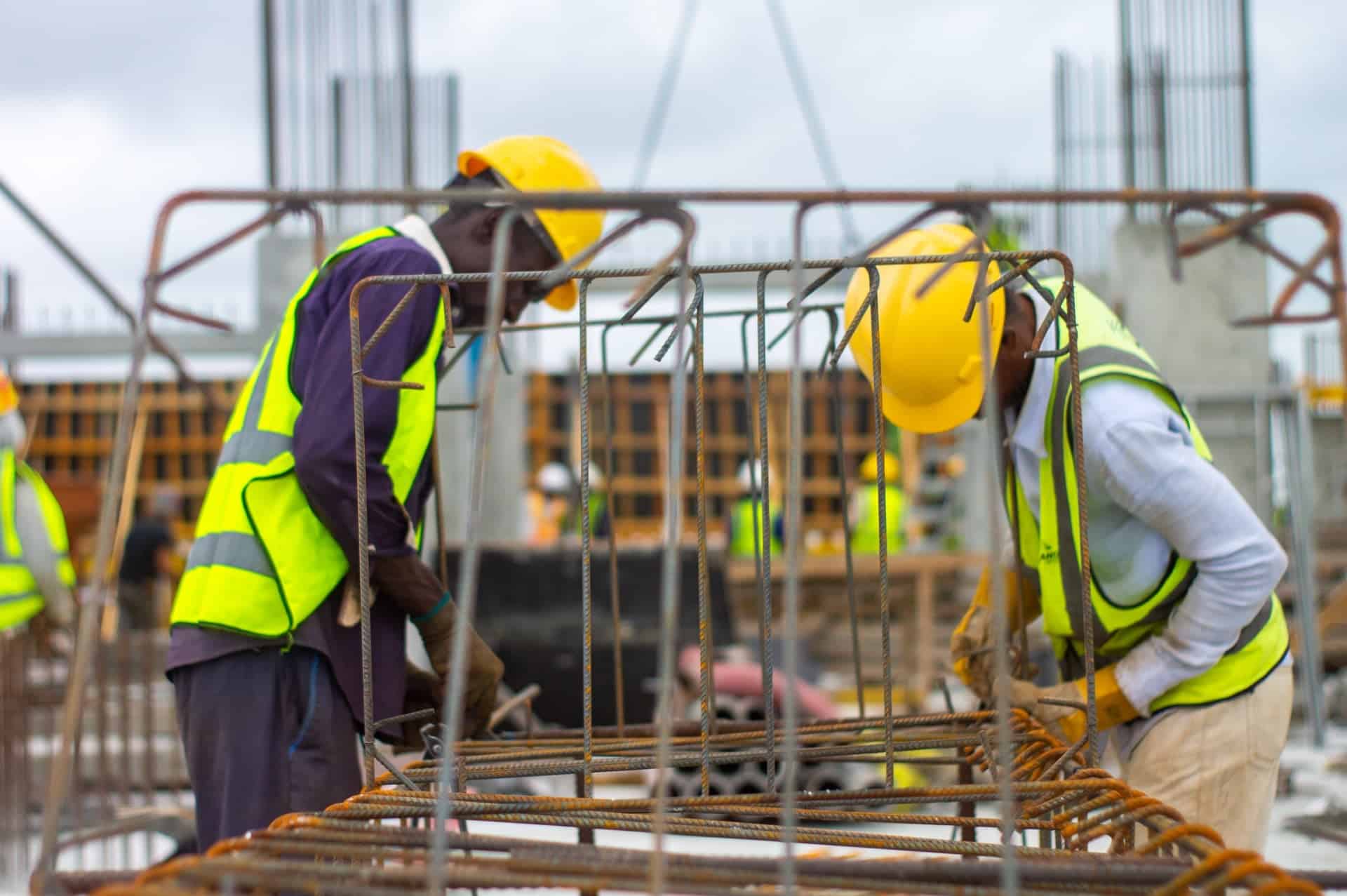

Building & Construction
What Is An O&M Manual In Construction
Modified: December 7, 2023
Learn the significance of an O&M manual in building construction. Discover its role in ensuring efficient operation and maintenance practices.
(Many of the links in this article redirect to a specific reviewed product. Your purchase of these products through affiliate links helps to generate commission for Storables.com, at no extra cost. Learn more)
Introduction
Building construction is a complex process that involves various stages, from planning and design to execution and completion. Once a construction project is finished, it is essential to have comprehensive documentation that outlines the operation and maintenance requirements of the building. This documentation is known as an Operation and Maintenance (O&M) manual.
An O&M manual acts as a guidebook for maintenance staff, facility managers, and occupants of the building. It contains important information about the building’s systems, equipment, and procedures necessary for its smooth functioning and upkeep. In this article, we will delve into the concept of an O&M manual in construction, its purpose, components, and the importance of its use in construction projects.
Key Takeaways:
- An O&M manual is a vital resource in construction, providing comprehensive guidance for efficient building operation, maintenance, safety, and regulatory compliance. It ensures longevity and optimal performance of building systems.
- Developing an effective O&M manual comes with challenges, including technical language, content management, and user-friendliness. Overcoming these challenges is crucial to creating a valuable resource for building stakeholders.
Read more: What Is A Manual Recliner
Definition of an O&M Manual
An Operation and Maintenance (O&M) manual is a comprehensive document that provides detailed instructions and information about the operation, maintenance, and management of a building or facility. It serves as a reference manual for anyone responsible for the day-to-day operation and maintenance of the building.
The O&M manual is typically created during the construction phase of a project and is handed over to the building owner or facility manager upon completion. It serves as a valuable resource that helps them understand how the various systems within the building work and what maintenance activities are required to keep them running efficiently.
The O&M manual covers a wide range of information, including but not limited to:
- System descriptions: Detailed descriptions of the building systems, such as HVAC (Heating, Ventilation, and Air Conditioning), electrical, plumbing, fire protection, and security systems. This includes information on the equipment used, their specifications, and how they operate.
- Maintenance procedures: Step-by-step instructions on how to perform routine maintenance tasks for each system. This includes regular inspections, filter changes, lubrication, cleaning, and testing procedures.
- Emergency procedures: Protocols and guidelines to be followed in the event of an emergency, such as a fire, power outage, or system failure. This ensures the safety of occupants and minimizes damage to the building.
- Contact information: A list of contact details for key personnel responsible for maintenance and emergencies, such as facility managers, technicians, and vendors. This allows quick and efficient communication in case of any issues or concerns.
- Warranty information: Details about the warranties of equipment and systems installed in the building. This helps the owner understand the coverage and duration of the warranties and facilitates smooth warranty claims, if necessary.
Overall, an O&M manual serves as a comprehensive guide that enables efficient operation, maintenance, and management of the building. It provides vital information for facility personnel to ensure that the building systems are operated in a safe and efficient manner, helping to prolong their lifespan and reduce the risk of breakdowns or malfunctions.
Purpose of an O&M Manual
The primary purpose of an Operation and Maintenance (O&M) manual in construction is to provide a comprehensive reference guide for the operation, maintenance, and management of a building or facility. It serves as a valuable resource for facility managers, maintenance staff, and occupants, helping them understand how the building systems work and how to properly care for and maintain them.
The key purposes of an O&M manual include:
- Operational Efficiency: An O&M manual ensures that the building’s systems are operated efficiently, promoting energy conservation and reducing operational costs. It provides detailed information on the optimal settings and usage guidelines for different systems, allowing for their efficient operation and avoiding unnecessary wastage.
- Maintenance Standardization: The manual outlines standardized maintenance procedures for each system, ensuring consistency in the maintenance activities performed. This consistency helps prevent system failures, prolongs the lifespan of equipment, and reduces the need for costly repairs or replacements.
- Facility Safety: The O&M manual includes essential safety information and protocols to protect the occupants and maintain a safe work environment. It provides guidelines for emergency procedures, fire safety measures, and other critical safety instructions, ensuring the well-being of all individuals within the building.
- Regulatory Compliance: Building owners and facility managers are responsible for complying with various regulations and codes related to building operation and maintenance. The O&M manual provides information on compliance requirements, such as regular inspections, maintenance schedules, and documentation, helping to meet legal and regulatory obligations.
- Knowledge Transfer: The O&M manual serves as a knowledge transfer tool, ensuring that crucial information about the building’s systems is passed on to future building occupants and maintenance personnel. It provides a comprehensive overview of the building’s infrastructure and equipment, ensuring that the knowledge is preserved and easily accessible even after personnel changes.
- Efficient Troubleshooting: In the event of a system malfunction or breakdown, the O&M manual becomes an invaluable resource for troubleshooting. It contains troubleshooting guides and checklists that can help identify the root cause of the problem and guide the maintenance staff in resolving the issue promptly.
Overall, the purpose of an O&M manual is to enable efficient operation, maintenance, and management of a building or facility. It serves as a central repository of information, ensuring that all necessary guidelines, procedures, and safety precautions are readily available to facilitate the smooth functioning and longevity of the building’s systems.
Components of an O&M Manual
An Operation and Maintenance (O&M) manual in construction consists of various components that provide comprehensive information about the building systems and their operation, maintenance, and management. These components work together to ensure that all necessary information is included and easily accessible within the manual. The key components of an O&M manual include:
- Introduction and Overview: This section provides an introduction to the O&M manual, including its purpose, scope, and intended audience. It also provides an overview of the building systems and highlights the importance of proper operation and maintenance.
- System Descriptions: This component provides detailed descriptions of each building system, such as HVAC, electrical, plumbing, fire protection, and security systems. It includes information about the equipment used, their specifications, and how they operate.
- Operations and Maintenance Procedures: This section outlines the step-by-step procedures for operating and maintaining each system. It includes routine maintenance tasks, inspections, filter changes, lubrication, cleaning, and testing procedures. It also provides guidelines for special maintenance tasks and annual maintenance schedules.
- Emergency Procedures: This component covers protocols and guidelines to be followed in case of emergencies, such as fire, power outage, or system failure. It includes evacuation procedures, emergency contact information, and steps to mitigate potential hazards during emergencies.
- Contact Information: This section lists the contact details of key personnel responsible for maintenance and emergencies, such as facility managers, technicians, and vendors. It ensures quick and efficient communication in the event of any issues or concerns.
- Warranty Information: This component provides details about the warranties of equipment and systems installed in the building. It includes information about the coverage and duration of each warranty and outlines the process for coordinating warranty claims, if necessary.
- Training and Support: This section provides information about training programs or resources available for building maintenance staff. It may include details about training workshops, user manuals for specific equipment, and any ongoing support offered by equipment suppliers or manufacturers.
- Appendices: The appendices contain supplementary information that complements the main sections of the O&M manual. This can include equipment manuals, technical drawings, safety checklists, inspection logs, and other relevant documentation.
These components work together to provide a comprehensive and user-friendly O&M manual that covers all aspects of building operation, maintenance, and management. By including these components, the manual ensures that essential information is organized and easily accessible, facilitating efficient maintenance practices and ensuring the smooth operation of the building and its systems.
Importance of an O&M Manual in Construction
An Operation and Maintenance (O&M) manual plays a crucial role in the construction industry. It serves as a vital resource for building owners, facility managers, and maintenance staff, providing them with essential information to effectively operate, maintain, and manage the building and its systems. The importance of an O&M manual in construction can be summarized as follows:
- Efficient Operation: An O&M manual provides detailed instructions on how to operate the building’s systems efficiently. It includes information about optimal settings, usage guidelines, and operational procedures for different systems. By following the guidelines outlined in the manual, facility managers and occupants can maximize the performance of the systems, leading to energy conservation and cost savings.
- Prolonged Equipment Lifespan: Regular maintenance is essential to ensure the longevity of the building’s systems and equipment. The O&M manual provides comprehensive maintenance procedures and schedules, helping maintenance staff perform routine tasks effectively. By adhering to the maintenance guidelines, equipment can operate at optimal levels, reducing the risk of breakdowns and extending their lifespan.
- Enhanced Safety: Safety is paramount in any building. The O&M manual includes vital safety information, such as emergency procedures, fire safety measures, and protocols to follow during hazardous situations. This ensures the safety of occupants and guides maintenance staff on effective response and preventive measures, reducing the risk of accidents or injuries.
- Regulatory Compliance: Buildings are subject to various regulations and codes regarding their operation and maintenance. The O&M manual outlines compliance requirements, such as regular inspections, maintenance schedules, and documentation. By following the guidelines provided in the manual, building owners and facility managers can meet legal and regulatory obligations, minimizing potential penalties or liabilities.
- Knowledge Transfer: Building systems and equipment can be complex, and personnel changes can occur over time. The O&M manual serves as a repository of knowledge, preserving critical information about the building’s infrastructure and systems. It ensures that the knowledge is transferred to future maintenance staff and building occupants, maintaining operational continuity and preventing any loss of expertise.
- Effective Troubleshooting: In the event of a system malfunction or breakdown, the O&M manual becomes an invaluable resource for troubleshooting. It provides troubleshooting guides and checklists to help maintenance staff identify the root cause and resolve the issue efficiently. This helps reduce downtime and minimizes disruptions to the building’s operations.
In summary, an O&M manual is essential in construction as it ensures efficient building operation, prolongs the lifespan of equipment, enhances safety, ensures regulatory compliance, facilitates knowledge transfer, and enables effective troubleshooting. By utilizing the information and guidelines provided in the manual, building owners and facility managers can optimize the performance of their buildings, reduce maintenance costs, and create a safe and comfortable environment for occupants.
Read more: What Is A Manual Defrost Freezer
Preparation and Format of an O&M Manual
The preparation and format of an Operation and Maintenance (O&M) manual in construction are important factors in creating a comprehensive and user-friendly document. The following considerations should be taken into account during the preparation and formatting process:
- Clear Organization: The O&M manual should be well-organized, with a logical flow of information. It is beneficial to divide the manual into sections and subsections, making it easier for users to locate specific information. Each section should be labeled clearly, allowing for quick navigation.
- Consistent Formatting: Ensuring consistency in formatting throughout the manual enhances readability and user-friendliness. Use a consistent font style and size for headings, subheadings, and body text. Consider using bullet points or numbered lists for procedures and guidelines to improve clarity and ease of understanding.
- Visual Aids: Incorporating visual aids such as diagrams, charts, and illustrations can greatly enhance the understanding of complex concepts or procedures. Visual aids can make it easier for users to grasp information at a glance and can serve as valuable references during system operation and maintenance.
- Clear Language: Use clear and concise language in the O&M manual to ensure that information is easily understood by all users. Avoid technical jargon as much as possible, and if technical terms are necessary, provide clear definitions or explanations alongside them.
- Comprehensive System Descriptions: Provide detailed descriptions of each building system, including equipment specifications, relevant terminology, and how each system works. These descriptions should be written in a way that is accessible to users with varying levels of technical knowledge.
- Step-by-Step Procedures: Ensure that maintenance procedures and operational guidelines are presented in a clear and concise manner. Use a step-by-step format to guide users through each task, including any necessary precautions or safety measures. Consider including visual aids or diagrams to demonstrate procedures when applicable.
- Consolidation of Information: Consolidate all relevant information related to the building’s systems and maintenance in a single document. This helps prevent information fragmentation and ensures that users can easily find the information they need without having to search through multiple sources.
- Regular Updates: Construction technology and building systems evolve over time. It is important to periodically review and update the O&M manual to reflect any changes or advancements. This ensures that the document remains relevant and accurate for ongoing maintenance and future users.
By following these guidelines for preparation and formatting, an O&M manual can become an invaluable resource for building owners, facility managers, and maintenance staff. It will provide them with comprehensive, user-friendly information to effectively operate, maintain, and manage the building and its systems.
Include detailed information on equipment, maintenance schedules, troubleshooting, and safety procedures in an O&M manual for construction projects.
Key Sections of an O&M Manual
An Operation and Maintenance (O&M) manual in construction consists of several key sections that provide essential information for the operation, maintenance, and management of the building and its systems. These sections are designed to cover all the necessary aspects of the building’s operation and maintenance. The key sections of an O&M manual include:
- Introduction and Overview: This section provides an introduction to the O&M manual, outlining its purpose, scope, and intended audience. It offers an overview of the building systems and highlights the importance of proper operation and maintenance.
- System Descriptions: This section includes detailed descriptions of each building system, such as HVAC, electrical, plumbing, fire protection, and security systems. It provides information about the equipment used, their specifications, and how they operate. This section serves as a comprehensive reference for understanding the systems within the building.
- Operations and Maintenance Procedures: This component outlines the step-by-step procedures for operating and maintaining each system. It includes routine maintenance tasks, inspections, filter changes, lubrication, cleaning, and testing procedures. This section serves as a guide for maintenance staff, ensuring that maintenance tasks are performed effectively and efficiently.
- Emergency Procedures: This section covers protocols and guidelines to be followed in case of emergencies, such as fire, power outage, or system failure. It includes evacuation procedures, emergency contact information, and steps to mitigate potential hazards during emergencies. This section is vital for the safety of occupants and provides guidance on effective response during critical situations.
- Contact Information: This section lists the contact details of key personnel responsible for maintenance and emergencies, such as facility managers, technicians, and vendors. It ensures quick and efficient communication in the event of any issues or concerns, fostering effective collaboration among stakeholders.
- Warranty Information: This component provides details about the warranties of equipment and systems installed in the building. It includes information about the coverage and duration of each warranty, as well as the process for coordinating warranty claims. This section helps building owners understand their rights and responsibilities regarding equipment warranties.
- Training and Support: This section provides information about training programs or resources available for building maintenance staff. It may include details about training workshops, user manuals for specific equipment, and any ongoing support offered by equipment suppliers or manufacturers. This section ensures that staff members are adequately trained to operate and maintain the building’s systems.
- Appendices: The appendices contain supplementary information that complements the main sections of the O&M manual. This may include equipment manuals, technical drawings, safety checklists, inspection logs, and other relevant documentation. The appendices serve as a repository of additional resources for further reference.
These key sections work together to provide a comprehensive and cohesive O&M manual that covers all aspects of building operation, maintenance, and management. By including these sections, the manual ensures that users have easy access to the information they need and promotes efficient operation and maintenance practices for the building and its systems.
Guidelines for Creating an Effective O&M Manual
Creating an effective Operation and Maintenance (O&M) manual in construction requires careful planning and attention to detail. The following guidelines can help ensure that your O&M manual is comprehensive, user-friendly, and serves its intended purpose effectively:
- Know Your Audience: Understand the intended audience for the O&M manual, such as facility managers, maintenance staff, and building occupants. Tailor the content and language to meet their needs and ensure it is accessible to individuals with varying levels of technical knowledge.
- Include Relevant Information: Include detailed information about the building systems, equipment, and procedures necessary for their operation and maintenance. Also, consider including information about regulatory compliance requirements and relevant industry standards.
- Use Clear and Concise Language: Write in clear and concise language, avoiding technical jargon as much as possible. Clearly explain any technical terms that are necessary to include and provide definitions or explanations alongside them.
- Organize Information Effectively: Structure the manual in a logical and organized manner. Divide the content into sections and subsections, using headings and subheadings to clearly delineate different topics. Provide a table of contents at the beginning for easy navigation.
- Include Visual Aids: Incorporate visual aids, such as diagrams, illustrations, and charts, to enhance understanding and clarity. Visual aids can provide a more intuitive representation of complex concepts or procedures.
- Provide Step-by-Step Procedures: Include step-by-step procedures for routine maintenance tasks, inspections, and emergency procedures. Use a clear and concise format, and consider including visual cues, such as numbered lists or bullet points, to make procedures easier to follow.
- Ensure Consistency: Maintain consistency in formatting, font styles, and heading hierarchy throughout the manual. This enhances readability and ensures a cohesive and professional presentation.
- Review and Update Regularly: Periodically review and update the O&M manual to reflect any changes in equipment, regulations, or procedures. This ensures that the manual remains relevant and accurate over time.
- Consider User Feedback: Seek feedback from the users of the manual and incorporate their suggestions for improvement. This feedback can help identify areas where the manual can be enhanced or clarified.
- Provide Training and Support: Offer training sessions or workshops to familiarize maintenance staff and building occupants with the content and use of the O&M manual. This ensures that users understand how to effectively utilize the manual to carry out their responsibilities.
By following these guidelines, you can create an O&M manual that is user-friendly, comprehensive, and effective in guiding the operation and maintenance of the building and its systems. It will serve as a valuable resource for the building’s stakeholders, supporting efficient maintenance practices and ensuring the longevity and proper functioning of the facility.
Benefits of Using an O&M Manual in Construction Projects
An Operation and Maintenance (O&M) manual in construction projects offers several benefits for building owners, facility managers, and maintenance staff. It serves as a comprehensive reference guide that aids in the effective operation, maintenance, and management of the building and its systems. The benefits of using an O&M manual in construction projects include:
- Efficient Building Operation: An O&M manual provides detailed guidance on the proper operation of the building’s systems. It includes information on optimal settings, usage guidelines, and operational procedures. By following the recommendations outlined in the manual, occupants and facility managers can ensure that the building systems operate efficiently, reducing energy consumption and operational costs.
- Effective Maintenance Practices: The O&M manual includes comprehensive maintenance procedures for each system within the building. It outlines routine maintenance tasks such as inspections, filter changes, lubrication, cleaning, and testing procedures. By following these guidelines, maintenance staff can effectively carry out maintenance activities, reducing the risk of breakdowns, extending the lifespan of equipment, and minimizing the need for costly repairs.
- Enhanced Safety: An O&M manual provides crucial safety information and emergency procedures. It ensures that occupants and maintenance staff are aware of the necessary safety precautions, fire safety measures, and appropriate response during emergency situations. This promotes a safe work environment and helps prevent accidents or injuries.
- Regulatory Compliance: Building owners and facility managers have legal and regulatory obligations to meet regarding building operation and maintenance. The O&M manual provides information on compliance requirements, such as regular inspections, maintenance schedules, and documentation. By adhering to the guidelines outlined in the manual, building owners can ensure compliance with applicable regulations and codes.
- Knowledge Preservation and Transfer: An O&M manual serves as a repository of critical information about the building’s systems. It captures knowledge about equipment, procedures, and maintenance practices, ensuring that this information is preserved and easily accessible to current and future maintenance staff. This promotes knowledge transfer and prevents loss of expertise due to personnel changes.
- Improved Troubleshooting: In the event of a system malfunction or breakdown, the O&M manual becomes an invaluable resource for troubleshooting. It provides troubleshooting guides and checklists to help maintenance staff identify the root cause of the problem and guide them in resolving the issue efficiently. This minimizes downtime, reduces disruptions, and ensures prompt restoration of system functionality.
In summary, the use of an O&M manual in construction projects offers several benefits. It enables efficient building operation, facilitates effective maintenance practices, enhances safety, ensures regulatory compliance, preserves and transfers knowledge, and promotes efficient troubleshooting. By utilizing the information and guidelines provided in the O&M manual, building stakeholders can optimize the performance of their buildings, minimize costs, and create a safe and comfortable environment for occupants.
Read more: How To Organize Manuals
Challenges in Developing an O&M Manual
Developing an Operation and Maintenance (O&M) manual in construction projects presents certain challenges that need to be addressed to ensure its effectiveness and usability. These challenges include:
- Complexity of Systems: Building systems can be complex, involving multiple components, equipment, and interconnections. Capturing all the necessary information about these systems and presenting it in a clear and concise manner within the manual can be challenging. It requires a thorough understanding of the systems and the ability to simplify complex concepts for easy comprehension.
- Technical Language and Jargon: Building systems often involve technical language and jargon that may not be familiar to all users of the manual. Balancing the need for technical accuracy with plain language explanations can be challenging, especially when trying to ensure that the content is accessible to individuals with varying levels of technical knowledge.
- Scope and Content Management: Determining the appropriate scope and content for the O&M manual can be challenging. It is crucial to gather all the necessary information while also avoiding information overload. Striking the right balance and ensuring the manual covers all the essential information without overwhelming the user is a delicate task.
- Maintenance and Updates: O&M manuals should be regularly updated to reflect changes in equipment, regulations, or procedures. However, keeping the manual up to date can be challenging, particularly in large and complex buildings with numerous systems. Maintaining a process for continual updates and ensuring that all relevant changes are captured and communicated effectively is vital.
- Ensuring User-friendliness: The manual should be user-friendly and easy to navigate. Organizing the information in a logical and intuitive way, providing clear headings, and incorporating visual aids can help enhance user-friendliness. However, ensuring that the manual is accessible and understandable to users with varying levels of technical knowledge can be challenging.
- Integration of Regulatory Requirements: Building operation and maintenance often involve compliance with various regulatory requirements and codes. Incorporating these requirements into the O&M manual while ensuring clarity and readability can be challenging. It requires a thorough understanding of the regulations and the ability to present the information in a way that is easily understandable for the manual’s users.
- Training and Familiarization: Ensuring that the users of the manual, such as facility managers and maintenance staff, are properly trained and familiarized with its content can be a challenge. Providing training sessions or workshops and addressing any questions or concerns can help users effectively utilize the manual.
By recognizing and addressing these challenges, construction professionals can develop an O&M manual that effectively addresses the needs of its users. Engaging with stakeholders, conducting thorough research, and seeking feedback from users can help overcome these challenges and ensure that the manual is a valuable resource for the operation and maintenance of the building.
Conclusion
An Operation and Maintenance (O&M) manual plays a crucial role in the construction industry, providing comprehensive information on the operation, maintenance, and management of a building and its systems. This essential document serves as a guide for building owners, facility managers, and maintenance staff, enabling them to efficiently operate and maintain the building, ensure regulatory compliance, enhance safety, and prolong the lifespan of equipment.
The O&M manual encompasses various sections, including system descriptions, operational and maintenance procedures, emergency procedures, contact information, warranty information, training and support, and appendices. These sections work together to provide users with clear instructions, information, and guidelines to carry out their responsibilities effectively.
Developing an effective O&M manual comes with challenges such as incorporating technical language into plain language, managing the scope and content, ensuring user-friendliness, and keeping the document up to date. However, by following guidelines and best practices, construction professionals can overcome these challenges and create a valuable resource that supports the operation, maintenance, and management of the building throughout its life cycle.
The benefits of using an O&M manual are numerous. It contributes to efficient building operation, effective maintenance practices, enhanced safety, regulatory compliance, knowledge preservation and transfer, and improved troubleshooting. By utilizing the information and guidelines provided in the manual, building stakeholders can optimize the performance of their buildings, minimize costs, and create a safe and comfortable environment for occupants.
In conclusion, an O&M manual is an indispensable tool in the construction industry, promoting effective building operation, maintenance, and management. Its comprehensive content, clear instructions, and thorough documentation ensure that the building’s systems are operated efficiently, properly maintained, and compliant with regulations. By investing time and effort in developing an O&M manual, construction professionals pave the way for the long-term success of the building and the satisfaction of its occupants.
Frequently Asked Questions about What Is An O&M Manual In Construction
Was this page helpful?
At Storables.com, we guarantee accurate and reliable information. Our content, validated by Expert Board Contributors, is crafted following stringent Editorial Policies. We're committed to providing you with well-researched, expert-backed insights for all your informational needs.
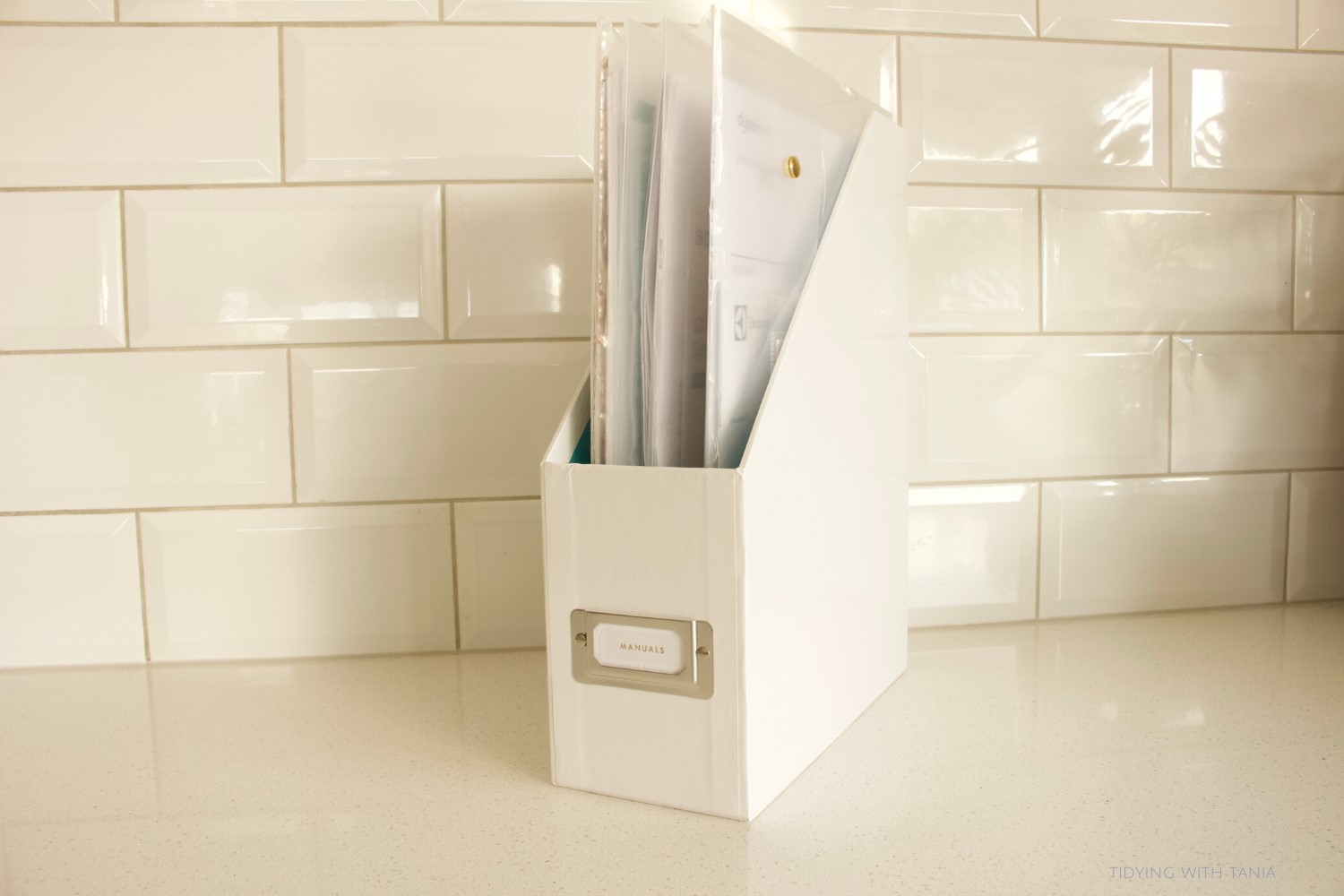






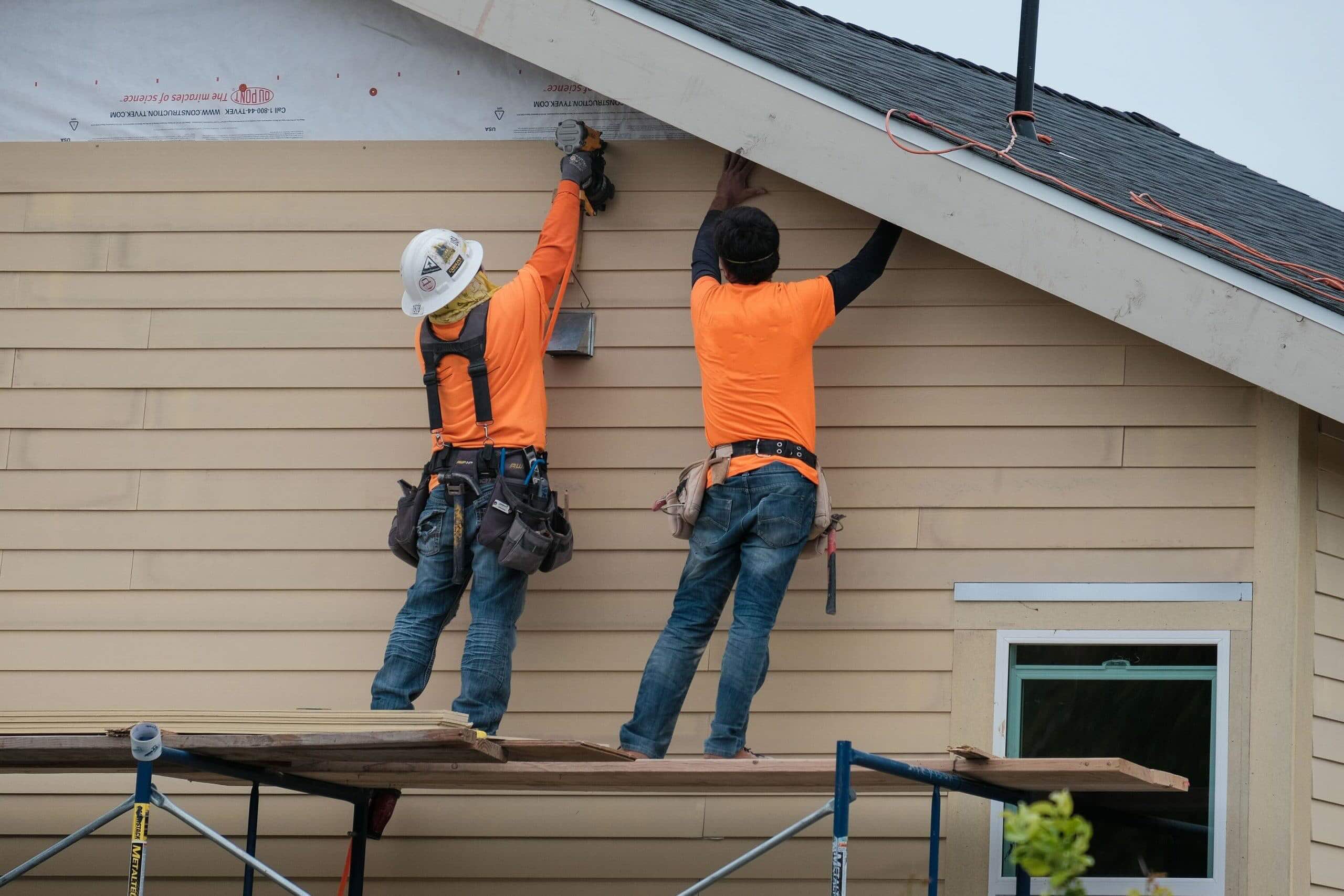
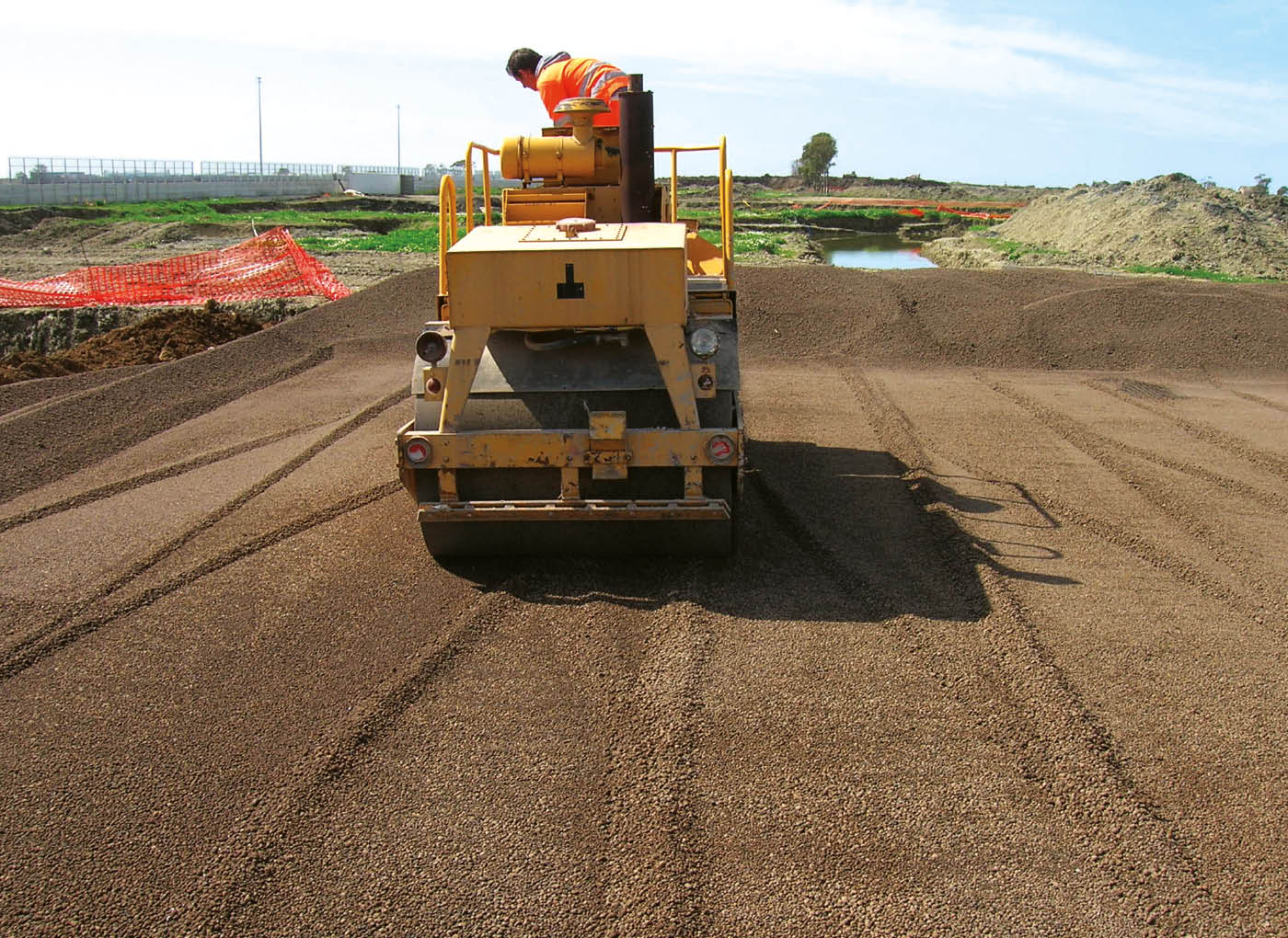
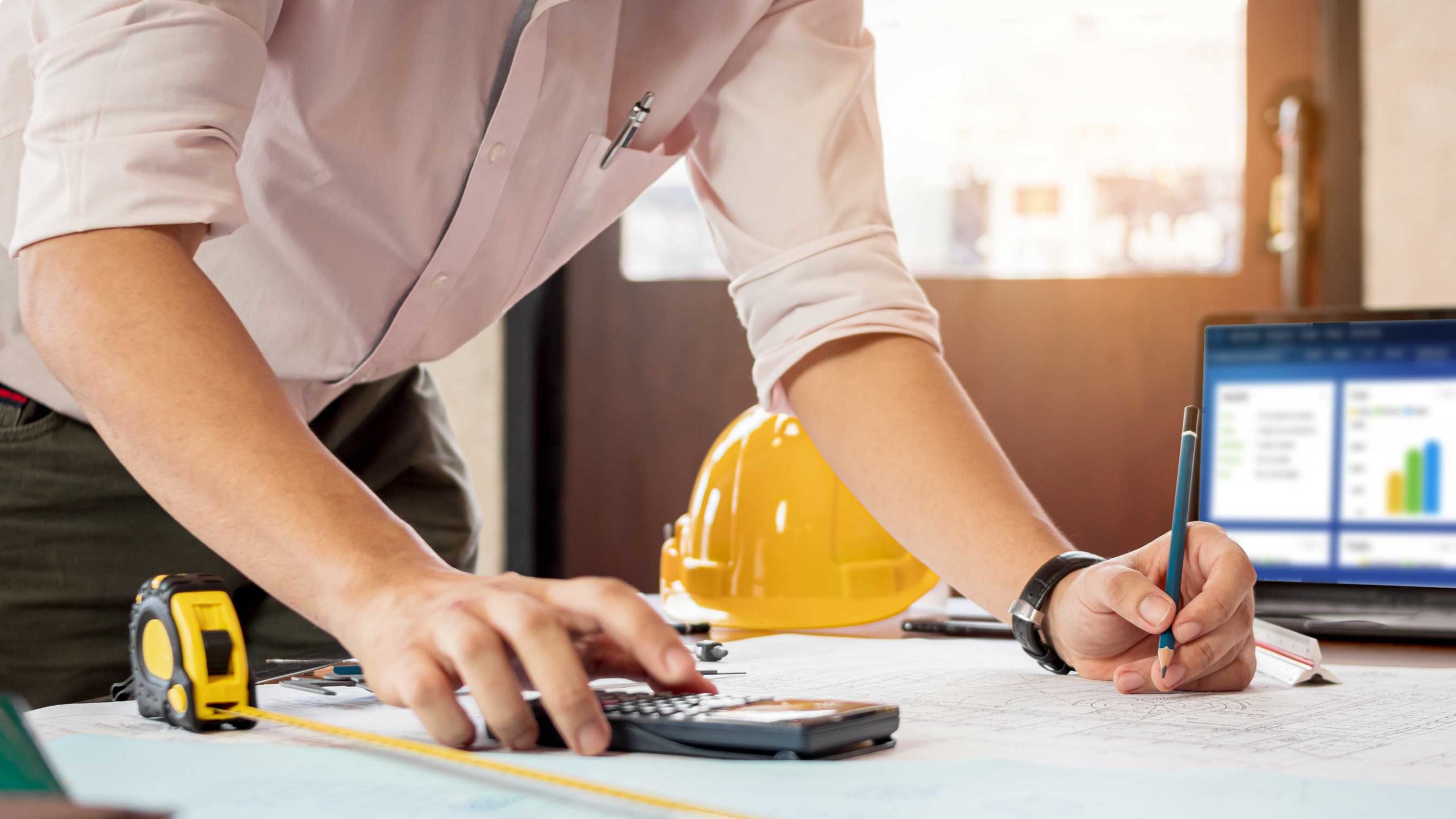
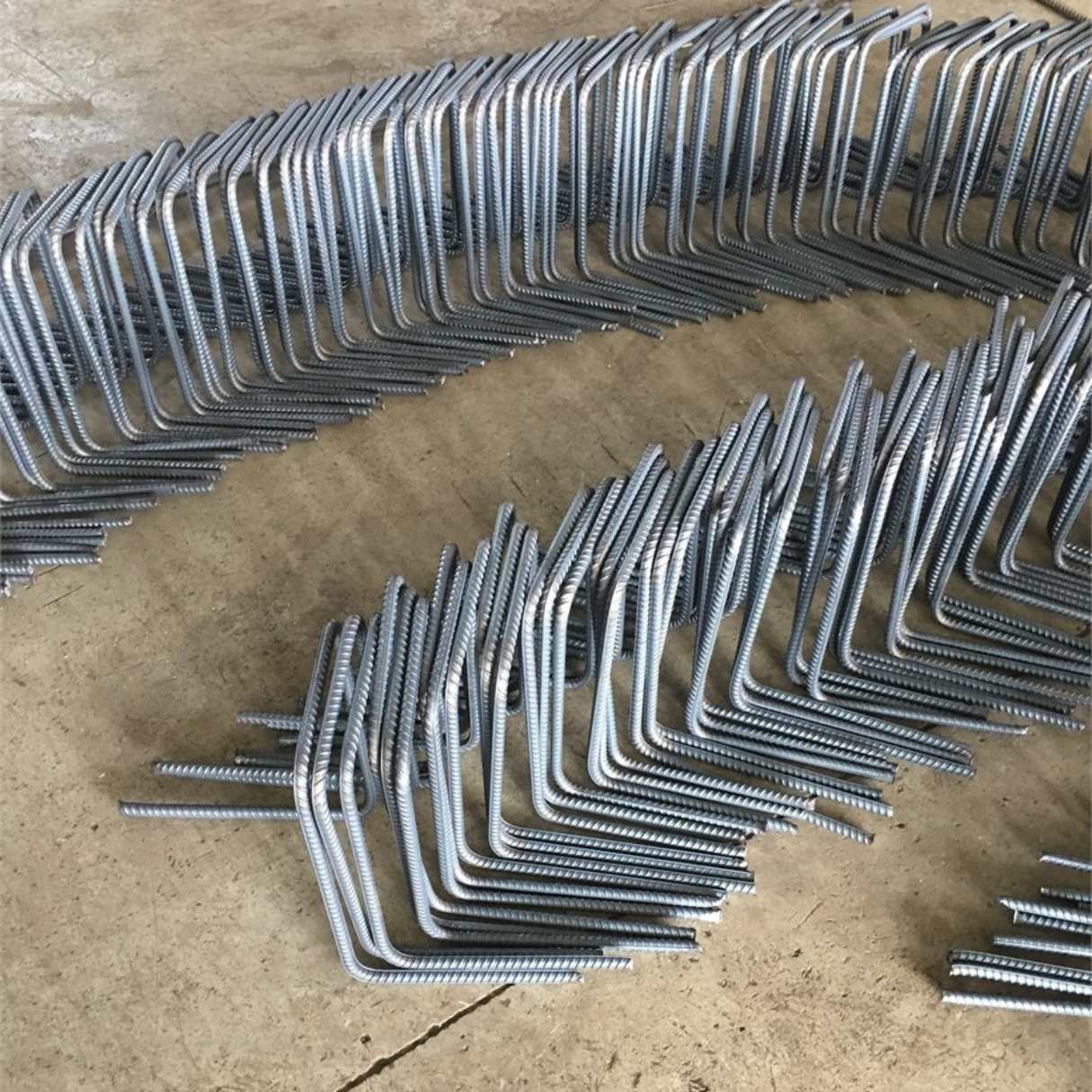

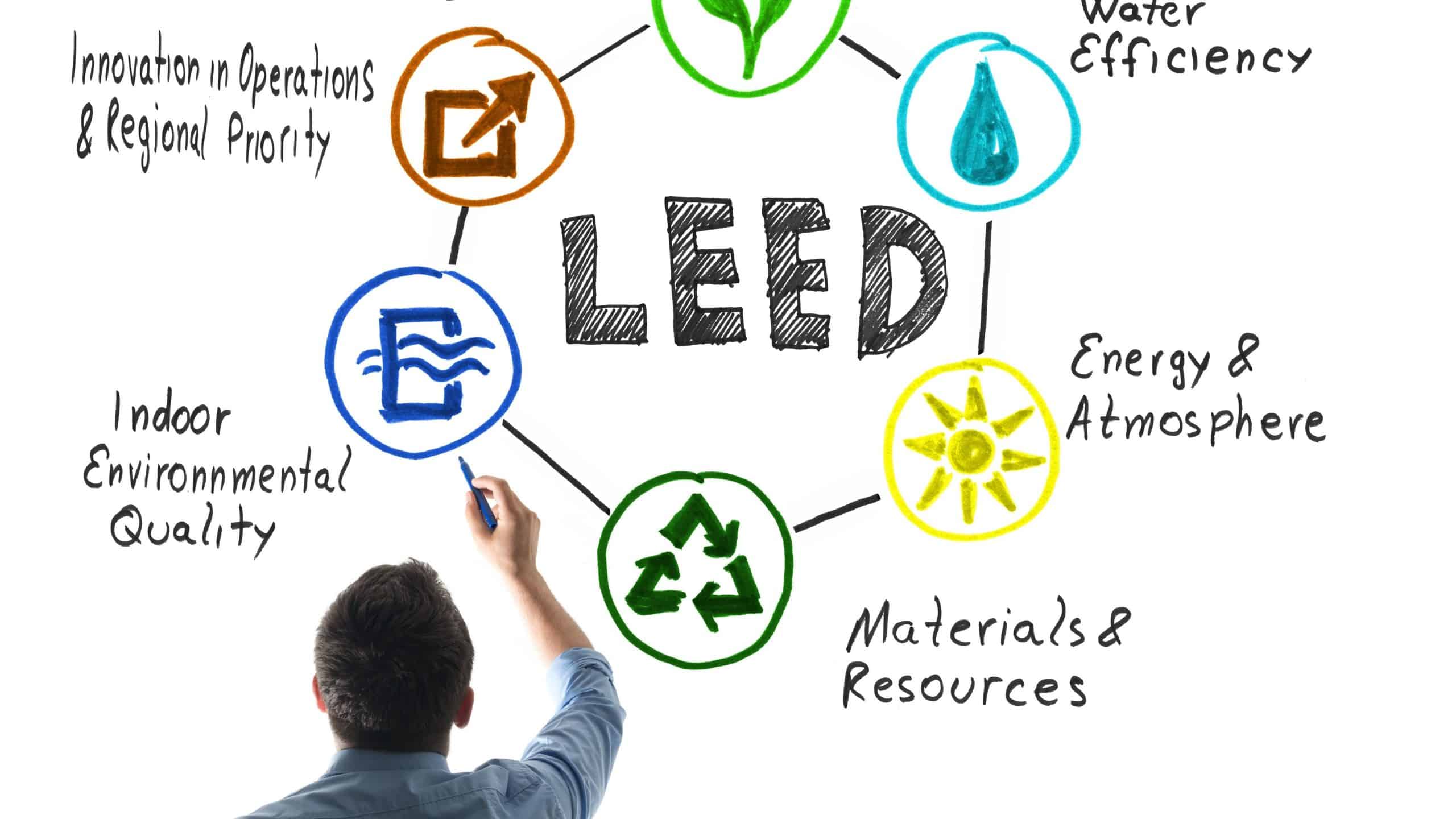

0 thoughts on “What Is An O&M Manual In Construction”